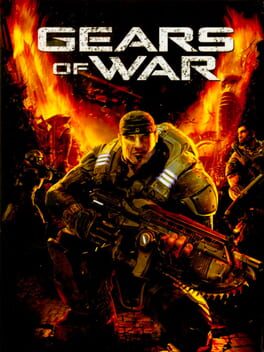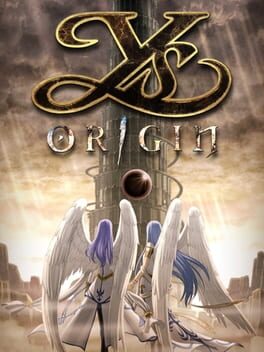JMW2000
2006
Though not as tight in its design (which I attribute to the constraints of designing your game as a first-party title, which will undoubtedly and dubiously get caught up in comparisons to Halo), a more apt conversation to have around this game would be to view it as an extension of the run 'n gun genre: metal slug, contra, gunstar heroes etc. Epic's copywrite term "stop 'n pop" is a play on this classic genre term. And, despite their (maybe [for the purposes of this review] misguided) intent to emulate reality, to provide cinema in 30 frames per second, they've simultaneously succeeded in creating a new arcade blueprint. GoW asks the player for precision, in aiming (which is granted), in the (maybe one of the best uses of context sensitivity) cover system, in the reloading, in the chainsaw, in the excellent Duck 'n Chuck grenade arch, and (in primordial form) its level design. It is the rare instance in which it, despite it's attempts towards cinema, demands the player to embrace it mechanically.
2006
Supergiant dug up this game's (and maybe by extension, VI / OiF) bones and ran with them. They have made a career (and a career's worth of refinements) on the basic structure Falcom introduced in their middle period PC Ys games. Just as one could trace last year's B-tier JRPG combat smatterings (Tales of Arise, Valkyrie Elysium, etc.) back to Kingdom Hearts 2, the well-regarded Hades, Transistor, Bastion pseudo-trilogy can be traced back to Ys Origin.
Otherwise somewhat unremarkable.
Otherwise somewhat unremarkable.

